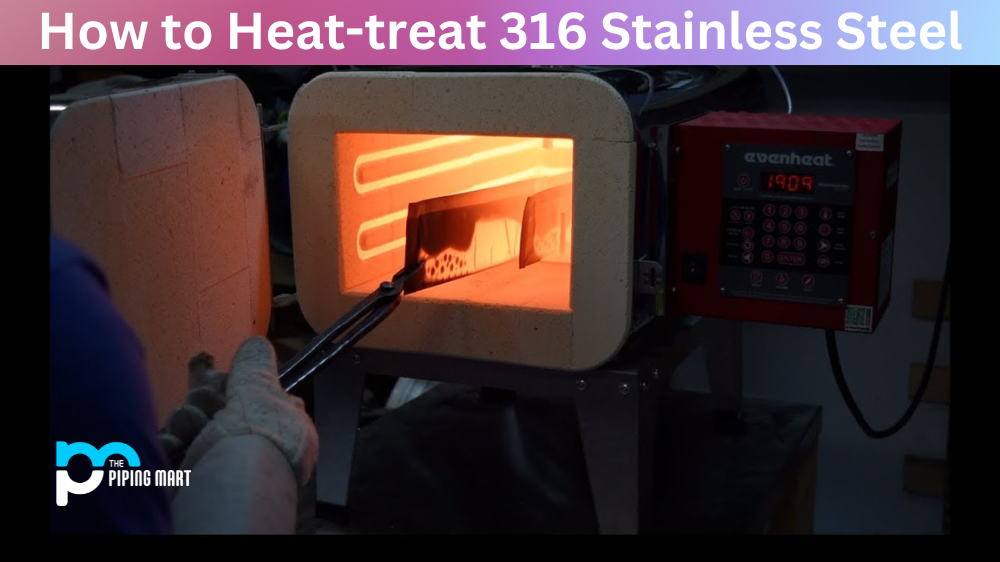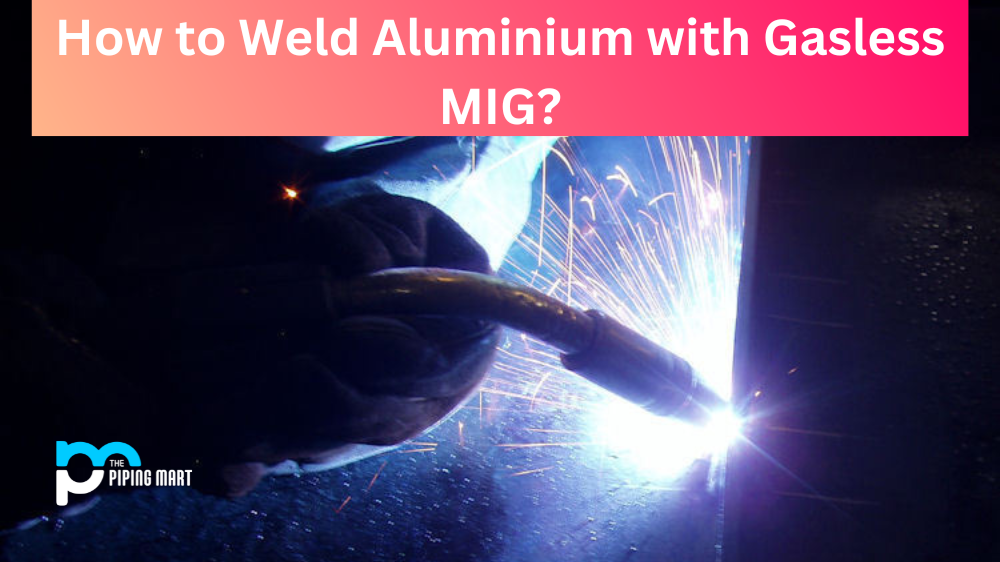Heat treatment is a process used to change the physical and mechanical properties of metals. It can be used for a variety of purposes, including hardening, softening, stress relieving, and increasing tensile strength. Heat-treating 316 stainless steel is no different. In this article, we’ll discuss what you need to know about heat-treating 316 stainless steel and how it’s done.
What Is 316 Stainless Steel?
316 stainless steel is a type of austenitic stainless steel alloy that contains at least 16% chromium, 10% nickel, and 2% molybdenum. This unique combination of elements makes it ideal for industrial applications due to its high corrosion resistance and excellent formability.
Heat Treating Process
The heat-treating process for 316 stainless steel consists of four steps—annealing, solution treatment or quench hardening, ageing or tempering, and cold working. Each step must be carefully calculated in order to achieve the desired results. Here’s a brief overview of each step:
Annealing
Annealing is the first step in the heat-treating process. It involves heating the metal up to a certain temperature before cooling it slowly in order to reduce hardness and increase ductility and toughness.
Solution Treatment/Quench Hardening
This step involves rapidly cooling (quenching) the metal from an elevated temperature in order to produce desired changes in the material’s structure. This allows for increased strength without sacrificing ductility or toughness.
Aging/Temperin
During this step, the metal is heated again at a lower temperature than before in order to allow time for some internal changes to take place within the material’s structure while avoiding any additional hardness gain or loss of ductility or toughness.
Cold Working
This final step involves applying pressure to shape or deform the metal into its desired shape without changing its chemical composition or crystalline structure. This is done using tools such as hammers, presses, dies, etc., which enable us to manipulate the material into whatever shape we need it to be in order for our application purposes.
Conclusion:
Heat treating 316 stainless steel is an involved process that requires knowledge and precision in order for successful results to be achieved every time. With careful planning and consideration given throughout each step of the process—annealing, solution treatment/quench hardening, ageing/tempering, and cold working—you can rest assured that your application will have all of its desired properties once it’s complete! If you’re looking for more information on how best to heat-treat your specific application needs, then don’t hesitate to reach out to Metric Marketing today! We’ll walk you through every step so you can get exactly what you need out of your project!

Abhishek is a seasoned blogger and industry expert, sharing his insights and knowledge on various topics. With his research, Abhishek offers valuable insights and tips for professionals and enthusiasts. Follow him for expert advice on the latest trends and developments in the metal industry.




